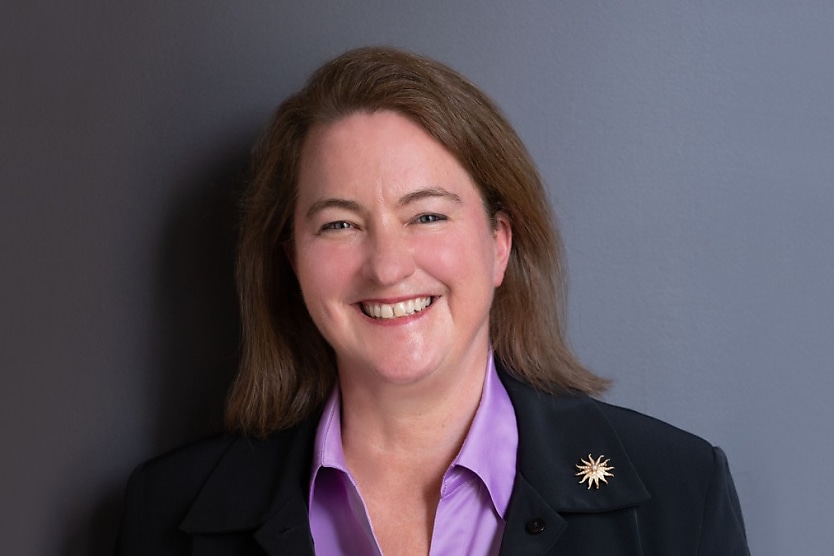
Today (27 February) is the launch of the Workplace Gender Equality Agency’s (WGEA) gender pay gap reporting. Let’s get you up to speed with what this entails and unpack some of the data.
As previously reported by HR Leader, the new regulations will require employers with 100 or more employees to disclose gender pay gap data, which will then be published by WGEA.
According to WGEA, the information used was taken from the 2022–23 employer census, which was then used to calculate employer gender pay gaps of all private sector employers fitting the criteria. Total remuneration is calculated, which “includes base salary, superannuation, overtime, bonuses, and other additional payments for full-time, part-time and casual employees, on an annualised full-time equivalent basis”.
WGEA chief executive Mary Wooldridge commented on the announcement: “This really is a significant step forward in our understanding about gender equality in Australian workplaces and, as you can imagine, we’re very excited to now be at this point.”
“This was done as a catalyst for improvement as employers now have that public accountability for that performance. That accountability is both today, in terms of their current performance in its own right and relative to their peers, but also, we think very importantly over time as we see changes in their gender pay gaps from year to year. We’ll be able to see if the commitments they make and articulate in relation to their understanding of the gaps and what they’re going to do about them translates into the outcome of reducing their gender pay gap.”
The median gender pay gap is calculated by comparing the median of what men are paid and the median of what women are paid, and comparing the difference. This means that, unlike averages, extreme outliers won’t shift the result.
Nationally, the WGEA median total remuneration gender pay gap is 19 per cent. This means that over the course of a year, the median of what women are paid is $18,461 less than the median of what men are paid.
WGEA has revealed that every industry has a median gender pay gap in favour of men. The worst offenders for median total remuneration gender pay gaps were construction (31.8 per cent), financial and insurance services (26.1 per cent), and professional, scientific and technical services (26.1 per cent).
A total of 3,057 employers (or 61.6 per cent) have a gender pay gap that favours men. Meanwhile, just 412 (or 8.3 per cent) favour women. There were 1,493 (30.1 per cent) who have a neutral pay gap, which means the median is within 5 per cent.
Female-dominated industries were more likely to have smaller pay gaps, while male-dominated ones were far more likely. In fact, 76 per cent of employers in male-dominated industries have a gender pay gap in favour of men, compared to 64 per cent of mixed-gender industries and 41 per cent of female-dominated industries.
“Male-dominated“ and “female-dominated” industries require 60 per cent or more gender skew. The industry with the most male-dominated gender pay gaps was mining, with 95 per cent of employers favouring males. This was followed by electricity, gas and water services at 92 per cent and financial and insurance services at 90 per cent.
Smaller employers were more likely to have larger gender pay gaps. Sixty-two per cent of organisations with 100–250 employees favoured men in gender pay gaps. This figure dropped to 56 per cent of employers with 5,000 or more staff.
Interestingly, employers with more women in leadership positions had a lower gender pay gap. Eighty-one per cent of companies with 0 per cent to 20 per cent of women in leadership had a gender pay gap in favour of men. Meanwhile, just 30 per cent of organisations with 81 per cent to 100 per cent of women in management had a gender pay gap in favour of men.
Ms Wooldridge continued: “This information arms employees, consumers, investors and other stakeholders with information about each company’s performance, which we think will help to motivate that change. And, of course, the public pressure by the media is a really important aspect of employer accountability. Both highlighting – we hope – who is doing well and also who needs to improve.”
As of 19 February, there were 4,981 employer gender pay gaps listed in WGEA’s spreadsheet. This includes information in these key areas:
- Primary employer name: The name nominated by a reporting employer as the primary organisation for its WGEA gender equality reporting in 2023. Note: Employers can register as a standalone employer or as a submission group, depending on the structure of their organisation(s).
- Primary employer ABN: The ABN for the primary employer. When employers submit their reports to WGEA as a submission group, this ABN will be the ABN for the organisation nominated as the “primary employer”.
- Median gender pay gap (base salary): The employer’s median gender pay gap, using base salary earnings (further defined below).
- Median gender pay gap (total remuneration): The employer’s median gender pay gap, using total remuneration earnings (further defined below).
- Primary industry: The Australia and New Zealand Standard Industrial Classification (ANZSIC) system classifies entities based on their main business activity and is used to collect and analyse data across industries. Employers reporting to WGEA must report at least one industry code in their submission.
- Employee count: A range for the number of employees reported by that employer for 2023 WGEA reporting.
- Primary location (state): The state the primary employer identified as their “primary location” in their WGEA report.
For more information, check out WGEA’s data explorer.
RELATED TERMS
The term "gender pay gap" refers to the customarily higher average incomes and salaries that men receive over women.
Jack Campbell
Jack is the editor at HR Leader.










